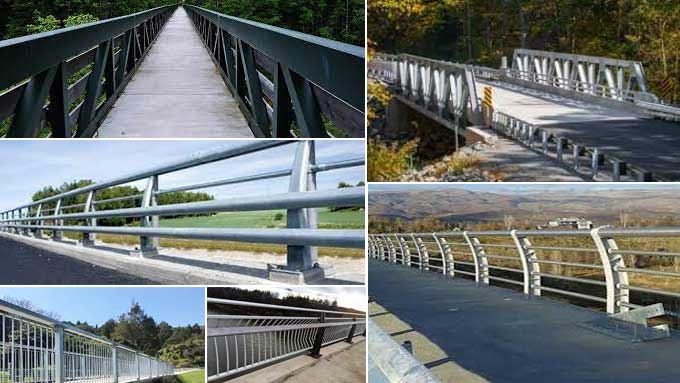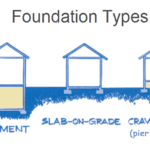What are the different types of handrails used in bridges?
Handrails are an essential safety feature on bridges, providing pedestrians and vehicles via support and protection. Here are some frequent varieties of bridge handrails:
W-beam Handrail: This style of handrail is constructed from W-beams of steel and is commonly found on highway bridges. It is intended to safeguard both vehicles and pedestrians.
Tubular steel handrail:Handrail Made from steel tubing, tubular steel handrails are commonly installed on pedestrian bridges. They are sturdy, simple to install, and offer excellent visibility.
Concrete handrail:Handrail Made from reinforced concrete, concrete handrails are commonly used on highway bridges. They are resilient and resistant to severe weather conditions.
Wood handrail:Handrail Made of timber, wood handrails are commonly used on pedestrian bridges. They are simple to implement and have a natural appearance.
Cable railings: These are commonly found on pedestrian bridges and are constructed of steel cables. They offer an unimpeded view and are aesthetically pleasing.
Glass handrail:Handrail Made of tempered glass, glass handrails are commonly found on pedestrian bridges. They have a contemporary and aesthetically appealing appearance.
Chain Link Handrail: These aretypically used on pedestrian bridges; chain link handrails are composed of steel chains. They are inexpensive and straightforward to implement.
The type of handrail used on a bridge is determined by a variety of factors, including the bridge’s design, the type of traffic using the bridge, and the aesthetics desired. It is essential to choose a handrail that complies with safety standards and provides the necessary support and protection for pedestrians and vehicles using the bridge.
Disclaimer: This content is provided solely for your review. Erusu Consultants takes no liability for this article. The reader is advised to form their own opinion. Please consult a structural engineer before making any final decisions.






